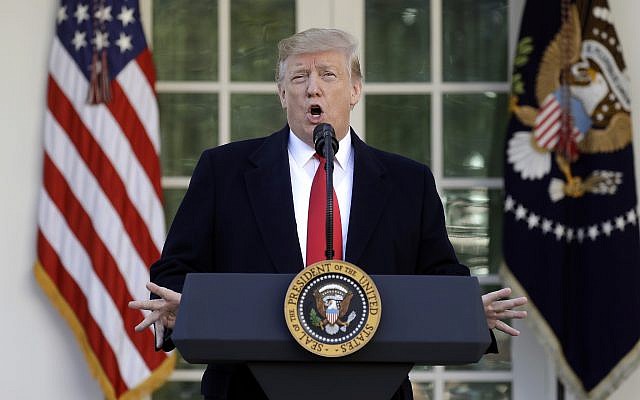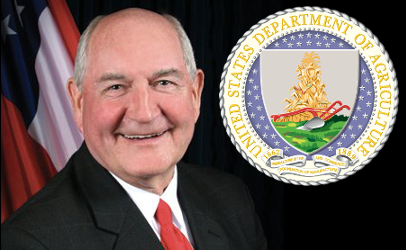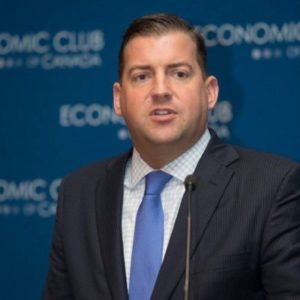Honest talk can get you in so much trouble these days, primarily because no one wants to hear it. I bet you knew right away I was referring to politics, right?
Politics is not my choice of prime topics to write about these days. It’s positively exhausting and you’re going to get a guaranteed argument just because you dared to criticize someone from the same political party as any potential reader that comes across your site. However, sometimes my curiosity gets the best of me. After all, you know what curiosity did to the cat, right?

I didn’t vote for either Donald Trump or Hillary Clinton in the last election. My attitude toward both political parties is less-than-trusting. I voted for the third-party candidate because I thought he was the most qualified, even though I knew he’d never win. Was that wasting my vote? Depends on who you ask, I guess. However, I held my head high leaving the polling location because I voted my conscience.
I wish more people would vote for the best candidates, rather than just check the “R” or “D” boxes behind each candidate’s name, regardless of the position they’re running for. Minnesota is awful at that. Go back in history to find out how long Democrats have had primary control of state government. It’s longer than you think.
But I digress. That’s not my main point here.
As a non-Trump voter, I’ve been marveling over the past four years at the level of hate for the guy, simply because he’s not a member of the political elite. I’m not a big fan of his, primarily because of the way he’s handled U.S. agriculture, which is something near and dear to my heart, over the past four years. However, when you look at American politics these days, something is standing out as a bigger problem than the guy in the Oval Office.
Democrats (and more than a few Republicans) will list off all the reasons the U.S. is in trouble because of the current president, and frankly, there are some things I’ll agree with. However, my question is how much trouble can one guy be when he’s been in office for four years compared to people who’ve been in power for multiple decades? Well, that got me wondering about the shysters who’ve been in Congress for a long time and how they can call Trump our biggest problem?
According to The Stacker Dot Com website (all of these numbers are from late last year, so you do the math from there), Senate Majority Leader Mitch McConnell of Kentucky has been in the Senate for almost 35 YEARS. Speaker of the House Nancy Pelosi has been in the House for just over 32 YEARS! Dianne Feinstein of California (boy, she appears to be quite honest and upfront, doesn’t she?) has been in office for just shy of 27 years. Heck, the 49th-longest-tenured member of Congress is David Price, who represents North Carolina, and he’s been in office “only” 23 years.
Even more insane is the fact that the longest-tenured member of Congress is Republican Don Young. He’s been in office for almost HALF-A-CENTURY at 48 years. Republican Pat Leahy of Vermont has been in office 45 years!
Are we just lazy? That’s not a rhetorical question, either. I’m looking for an answer because people can’t seem to grasp the fallacy of sending the same people over and over into government. Have you ever heard the cliché “absolute power corrupts absolutely?” It’s a cliché for a reason. It’s true. More honest talk here; You cannot look at Washington, D.C. today and not see the corruption on BOTH sides of the aisle.
But I digress, again. My question is this; How on Earth can Trump be our biggest problem when these morons have been in office for DECADES and had a chance to show real leadership and fix at least SOME of the problems we are dealing with now? Do you honestly think that they’re going to fix our problems NOW, as opposed to decades ago when they took office? Why is right now any different from the last 20, 30, or even 40 years?
Surely you can see the dangers inherent in keeping the same people in power for long periods of time, right? Eventually, those people begin to expect it. If they don’t have to worry about being elected because we keep sending them to DC, do they REALLY work for us anymore?
Maybe we need to send some of these people who’ve spent all this time in Congress packing. Is it even remotely possible that when they’re yelling about Trump to the mainstream “media,” they’re trying to distract you from something else they don’t want you to know about? That’s a rhetorical question because it’s exactly what they’re doing.
These long-time “leaders” have had their shot. Politicians have been padding their pockets and sowing division in this country for decades. They throw money at problems instead of trying to actually do some good. Here’s some really honest talk; It’s past time for some new ideas and new blood.



